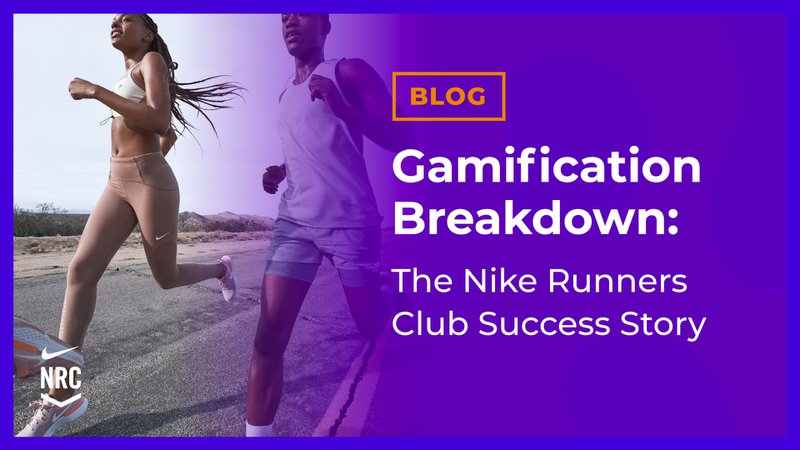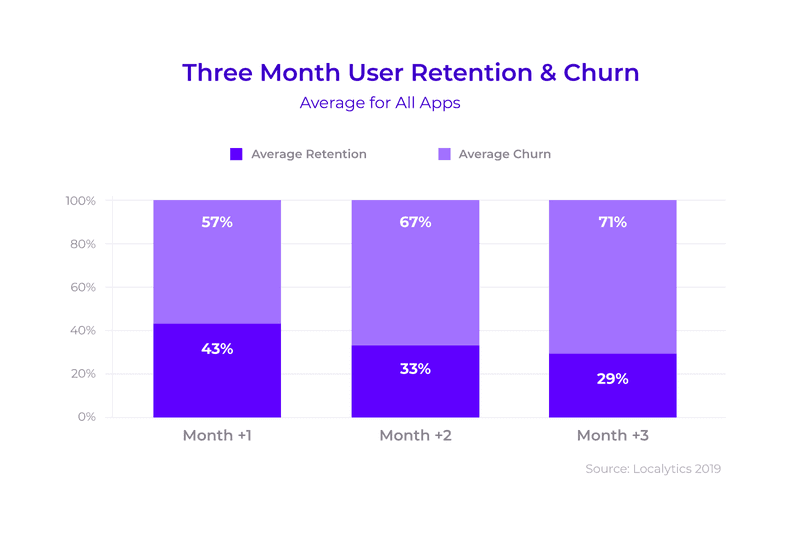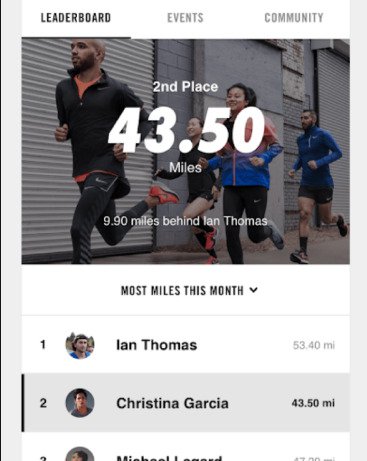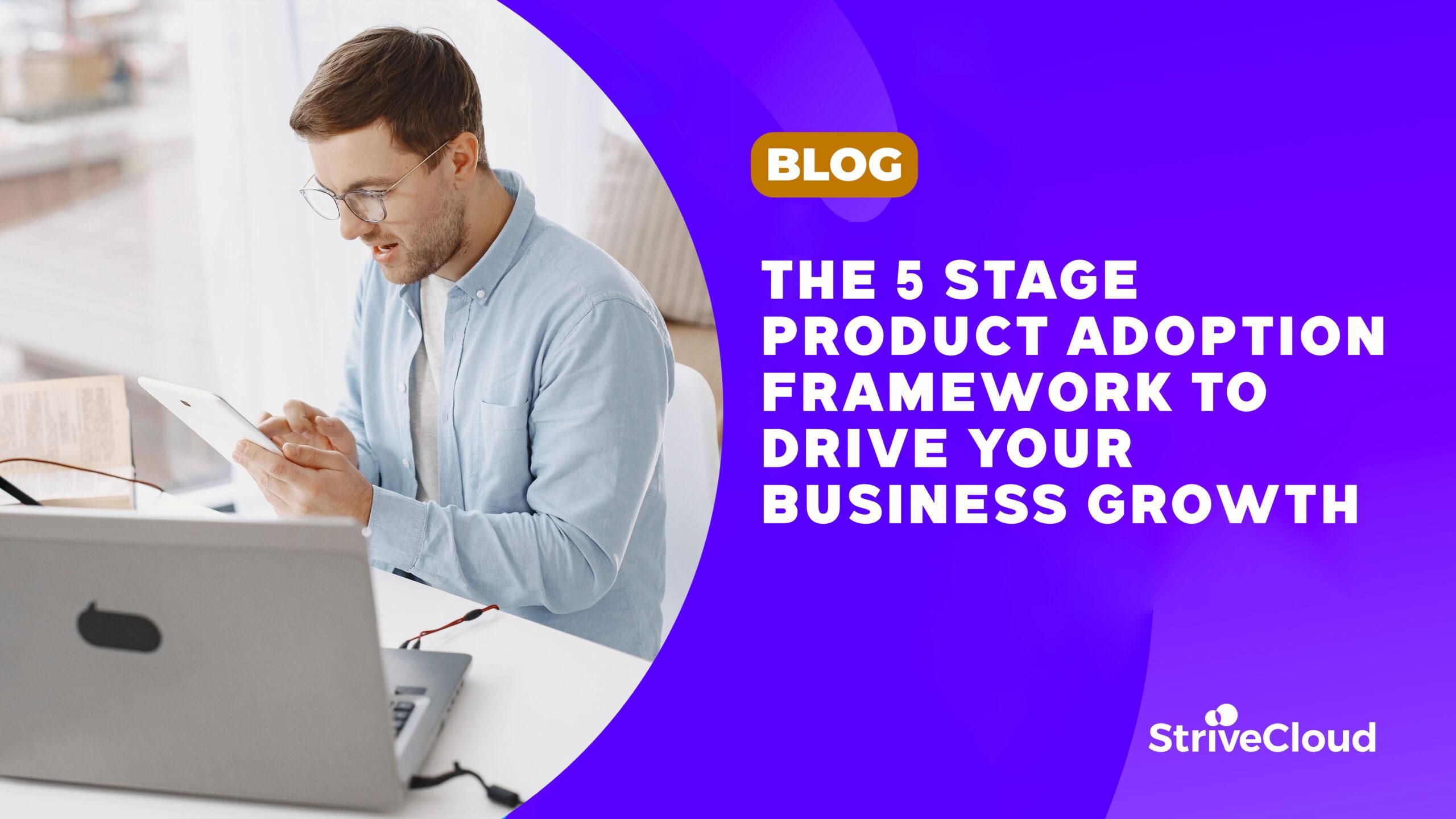

5 Gamification examples that make Nike Run Club a top running app
5 Gamification examples that make Nike Run Club a top running app

The Nike Run Club app interface is designed to be engaging and motivating, helping the brand retain users long-term.
Successful apps are not only good at user acquisition, but they manage to sustain long-term engagement in their users. However, only a few apps manage this. Research states lack of engagement or perceived value are included in the main reasons for user churn. 77% of users stop engaging with an app after three months. So how does an app like Nike Run Club, dating to 2012, drive retention by 21% and retain a position as one of the top 10 running apps?

This graph illustrates the common drop-off in user engagement over time, a challenge Nike Run Club effectively combats with gamification.
Essentially, to foster long-term user engagement, your app needs to be both fun and rewarding, as well as establish a clear sense of value. An effective way to do this is through gamification!
Let’s look at 5 examples of gamification from Nike Run Club and why they work.
What we’ll cover:
- How does Nike leverage gamification on its Nike Run Club app?
- Nike Run Club breakdown: 5 gamification examples
How does Nike leverage gamification on its Nike Run Club app?
Nike Run Club is a health & fitness app that tracks users’ runs with data ranging from exercise duration up to the wear of your trainers. Along the way, they will recommend new articles based on your activity. In 2020, the app saw download growth of over 45%, compared to the average global increase of 10%.
The Nike Run Club app is not just a running app to track distance. It uses gamification to encourage mobile app engagement and retention. Through this app, Nike can collect data about users’ chosen sports, activity levels, and preferred styles. By using that data to personalize the experience, app users spend 3x more than guest customers.
So how do they do it? In a 2020 study, users of Nike Run Club named the reasons behind continued mobile app engagement. They cited:
- Usefulness - The app clearly communicates its benefits.
- Ease of use - An intuitive interface and onboarding process are key factors.
- Playfulness - The user experience is exciting and interesting.
- Interpersonal influence - The app fulfills the basic need to socialize.
Nike Run Club training plans use a range of gamification features such as milestone unlocks, reward systems, and leaderboards. A study on Nike Run Club states that recognition from family and friends is the main factor affecting engagement.
Gamification is the strategic use of game features and psychology in a non-game context to support business goals. It triggers users to take action towards goals by relying on innate human desires such as our need for achievement or a feeling of empowerment. Examples of gamification for apps often occur in the shape of game-like features such as leveling or reward systems, challenges, and more.
New to gamification? Get up to speed on our ‘What is Gamification?’ page!
So how does this Nike app motivate its users to keep running? Let’s go through 5 gamification examples and break down why they work!
Nike Run Club breakdown - 5 gamification examples
Let’s take a look at 5 examples of gamification used by Nike Run Club and how they maximize mobile app engagement by shaping user motivation.
#1 Build on your community to increase user retention
Nike Run Club fosters a sense of community that fulfills the human need to socialize. This way they encourage users to interact and keep each other motivated. Consequently, research confirms this leads to long-term mobile app engagement.
Nike Run Club’s social elements greatly influence users to continue using the app. Not only do users have a social network and share options, but there are also plenty of opportunities to team up and form an exercise group with their friends. After all, it is the Nike Run Club!
#2 Set timed challenges to trigger user participation
Timed challenges are a great example of gamification when it comes to triggering user participation. Therefore, setting deadlines creates a sense of urgency and urges users to take action before it’s too late.
Nike Run Club does this with many challenges. For example, the Nike Run club marathon plan, takes a set amount of weeks and workouts, that keep progressing towards harder and higher goals.
Studies show that adding a deadline greatly helps in goal pursuit. It’s caused by an innate fear of loss or mission out, known as FOMO. To increase the power of this driver, Nike Run Club even offers prizes to participants , such as a free trip to the Nike HQ.

Nike Run Club uses timed challenges, like this weekly goal, to create a sense of urgency and encourage regular participation.
#3 Celebrate progress to reinforce app engagement
While cash prizes are one way to celebrate user progress, it’s actually cheaper and more effective to use digital confetti. Instant feedback is a powerful driver linked to the need for empowerment, and the effect is greatly increased by Nike’s share buttons.
Nike Run Club users are regularly given the ability to share their progress and achievements. This helps keep them accountable for their goals! They call this a ‘retention hook’. Studies back this up and state that positive reinforcement in mobile apps can trigger action and habit formation.

Celebrating milestones with shareable achievements provides powerful positive reinforcement, driving users to continue their running journey.
Reward users' individual fitness progress with gamification! Book a free session to start now.
#4 Install a sense of competition through leaderboards
A fitness app challenge on its own is a great idea, however, it cannot stand against the power of competition! A leaderboard is a way of tracking progress, challenging yourself to overcome peer results and sharing your achievements with others. It’s an example of gamification relying on community, instant feedback, and progress measuring all at once!
The fitness community is vast, but users are most motivated when they compare themselves to people they know. Nike Run Club’s leaderboard encourages users to participate in run challenges with their friends and family. A recent study into the app found that the mechanism of competing enables interaction. Accordingly, the closeness of the community motivates the intention to run, ‘increasing confidence and connection’. Community challenges are a built-in positive feedback loop.

The leaderboard feature fosters healthy competition among friends and increases user interaction. Source: Felicia via appsamurai.com
#5 Empower users through personalization
Personalization gives users autonomy and research shows this results in higher mobile app engagement. For example, the app’s coaching plans are tailored to runners’ strengths, and changes with their progress. It always keeps it challenging enough to still be interesting, but not too hard that users lose motivation.
On top, integrations with Spotify and Apple Music let users listen to their own music during training, and you can even set which weather conditions you prefer to exercise in. These features embody those drivers of long-term mobile app engagement: usefulness, ease of use, and overall satisfying experience.
Want to differentiate through gamification? Check out our app gamification platform!
After the five gamification examples we showed you, it is clear why Nike Run Club is the app of choice for runners. The app perfectly balances functionality with fun. Let’s call it FUNctionality!

This call to action encourages potential business clients to explore how gamification can be applied to their own services.
Recap
It’s a fact that 77% of users stop engaging with an app after three months. So how does an app like Nike Run Club, dating to 2012, drive retention by 21% and retain a position as one of the top 10 running apps?
The biggest reasons to quit apps are lack of satisfaction and perceived usefulness. However, these issues can be solved with gamification.
A study found that Nike Run Club’s motivational drivers for app engagement were:
- Usefulness
- Ease of use
- Playfulness
- Interpersonal influence
To build on those motivations, Nike uses gamification in a variety of ways. Here are 5 gamification examples from their Run Club app:
- Build on your community to boost retention
- Set timed challenges to trigger user participation
- Celebrate progress to reinforce app engagement
- Install a sense of competition through leaderboards
- Empower users through personalization
Gamification platforms fulfill basic human needs like personal satisfaction, social interaction, and stimulation. It makes an app experience fun and engaging, leading to increased user retention and mobile app engagement. Nike leverages gamification to collect invaluable information on their customers.
In addition, Nike Run Club has figured out the best plan for behavior change. Studies show that when well-implemented gamification helps induce positive behavior. The app’s design is a lesson in how gamification can help your application enable users to achieve their goals while maximizing your business objectives.
Related Posts

How to boost SaaS product adoption? The science you need to know.
Top product-led SaaS companies are using behavioral psychology to make their product experiences better and stickier. So how can it help to increase SaaS product adoption? Get started with 12 psychological phenomenons to improve your product!

The 5 stage product adoption framework to drive your business growth
As product-led growth is becoming the new standard, SaaS companies are looking for ways to boost user engagement and adoption. In other words, they need a product adoption framework that speeds up feature discovery & time-to-value. Let's look at some examples from companies like Canva, Airtbale, Wistia, and more!

